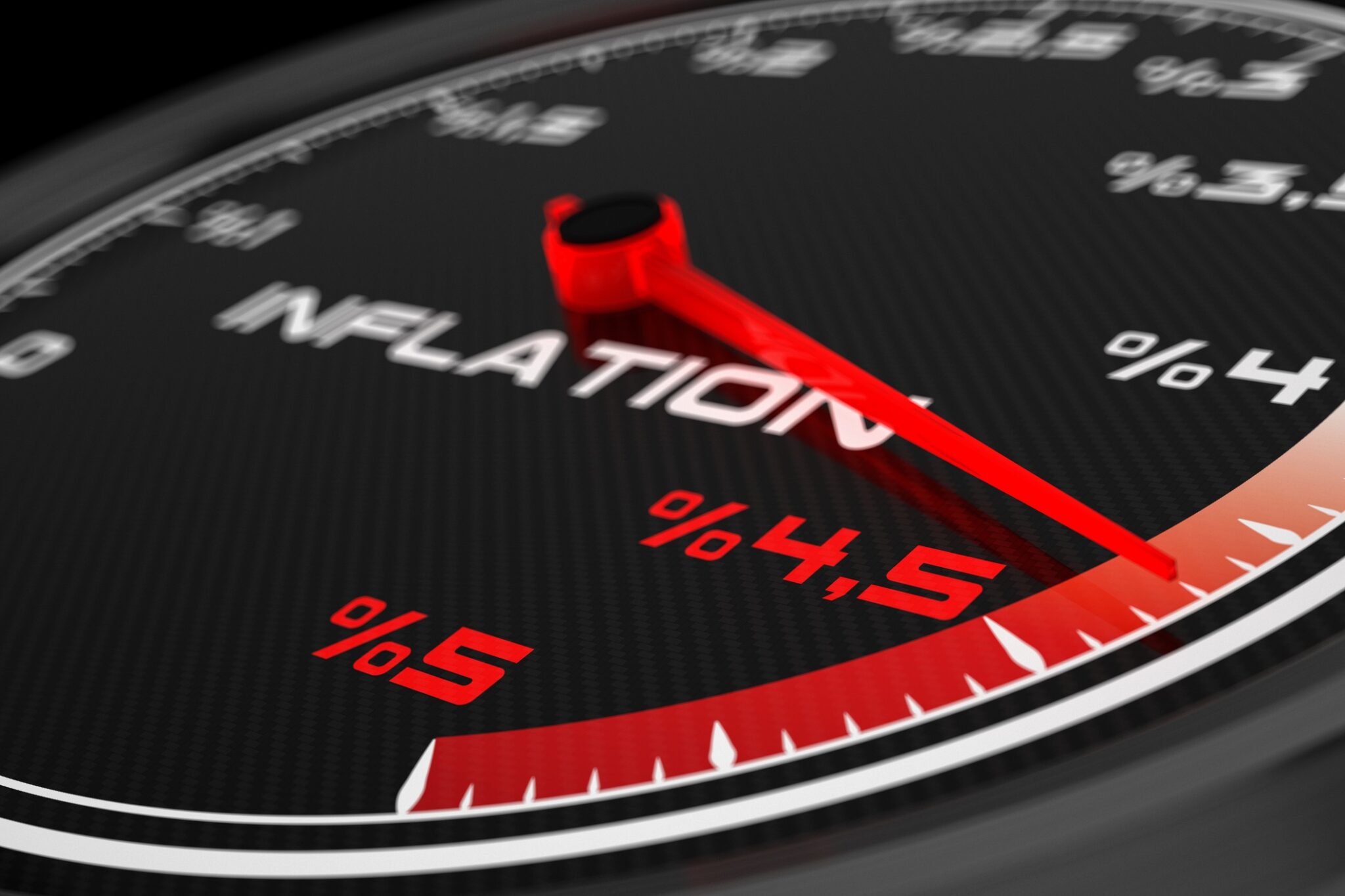How inflation could prolong the hard market

Inflation could prolong the hard market in Canada’s property and casualty lines, brokers caution.
RMS Canada reports that inflation will hit 5% in 2022 before approaching 3% by the year’s end.
“Persistent inflation is primarily due to supply constraints and surging demand, and is being largely driven by volatile sectors like gasoline, food, shelter, utilities and transportation,” RMS Canada reports.
“While inflation remains a primary risk to growth and can lead to rising wages, which further increases businesses’ cost of operation, it is projected to dip back towards the 2% target near the end of 2022.”
DBS Morningstar last November reported that Canada’s P&C industry was well-positioned to deal with inflation by passing along its costs back to consumers in the form of increased premiums.
“As the world recovers from the coronavirus (COVID-19) pandemic, most economies are experiencing inflation pressures,” DBS Morningstar observes. “Rising inflation can negatively affect Canadian insurers through higher operational and claims expenses.
“However, insurance products that are most affected by inflation, such as property and casualty (P&C) policies, as well as group health insurance, can typically be repriced in a relatively short period of time… Canadian insurers will face higher costs because of inflation but in most cases will be able to pass them on to customers.”
However, that won’t come without a longer hard market, brokers caution Canadian Underwriter.
“Inflation is definitely going to be a problem,” says Deborah Laferriere, who is in line to become the president of Toronto Insurance Council, an association of Canada’s commercial brokerages, in early March. “All of our expenses are going to be going up, and so insurance prices should be going up. If markets are compensating for that this year, that might help in savings for the next year. But it does create a little bit of uncertainty.”
In part because of inflation, “I don’t think we’re going to see the reductions in premium like you would expect in a softening market,” cautions Laferriere. “I don’t think we’re all of a sudden going to see the market going soft. I think we’re going to see stability and increases that are due to inflation, or that are claims-driven, but I don’t see the big dip in pricing.”
Eddie Staines, president of national commercial lines at BrokerLink, notes materials costs are up, and building construction costs have escalated accordingly. For example, CBC reported the cost of timber is almost three times as high as it was just a year ago, meaning the cost to rebuild a typical 2,500-square-foot home would be $30,000 more now than it was last year.
“All of the costs are creeping up, or have already substantially increased,” Staines says. “And so that gets applied, broadly-speaking, by a lot of markets. They put [an inflation] factor on every account automatically. And then on top of that, if you’re adding an additional two, three, five or 10 points of rate to account for kind of things like climate change…That’s when you start to see a portion of [these rate increases] being inflation-driven and a portion being lost-cost driven.”
Feature image courtesy of iStock.com/asbe







